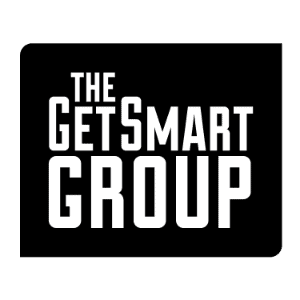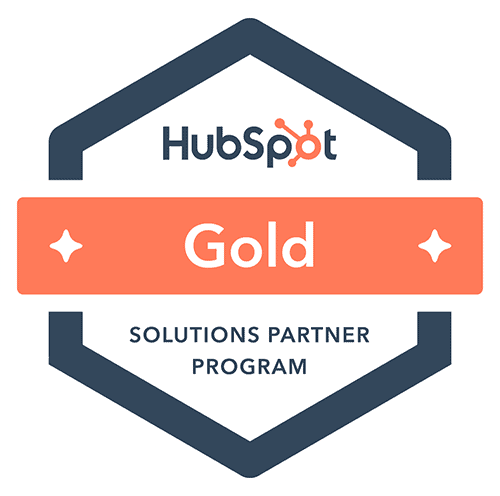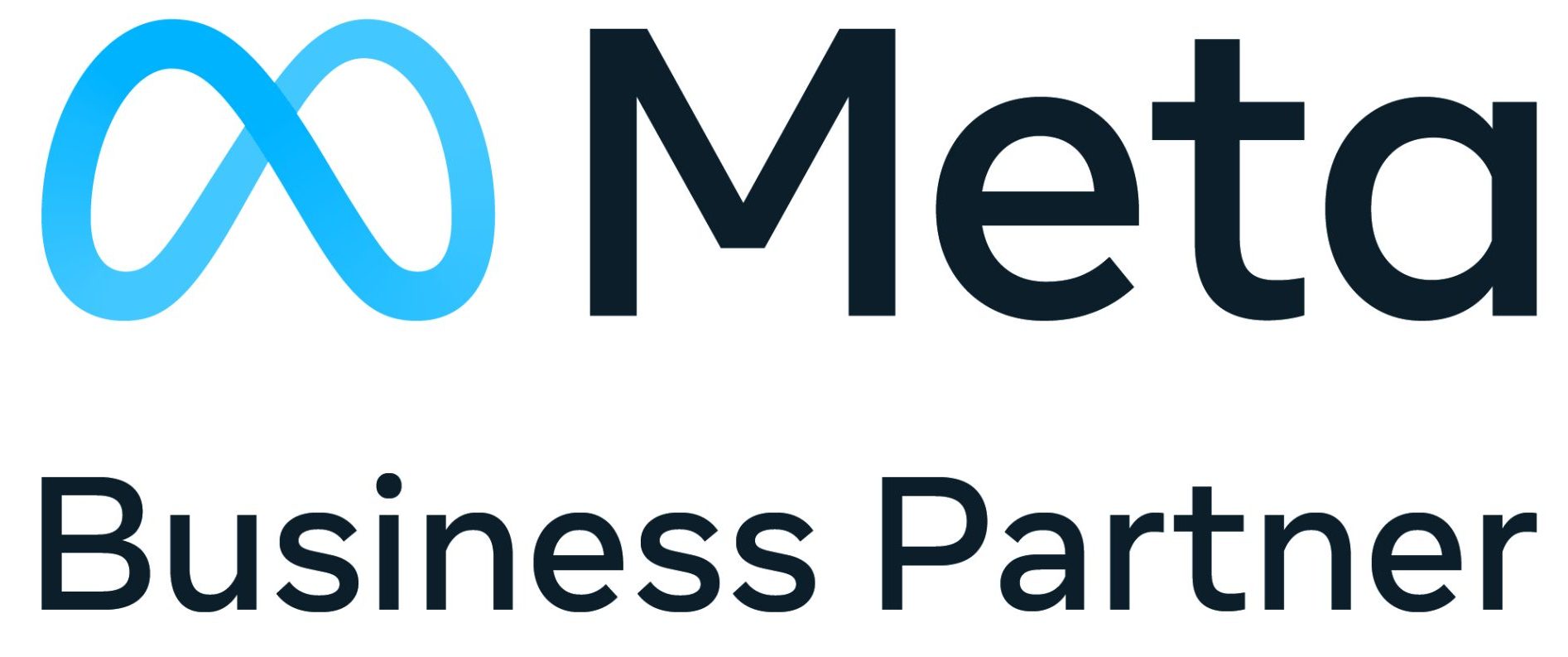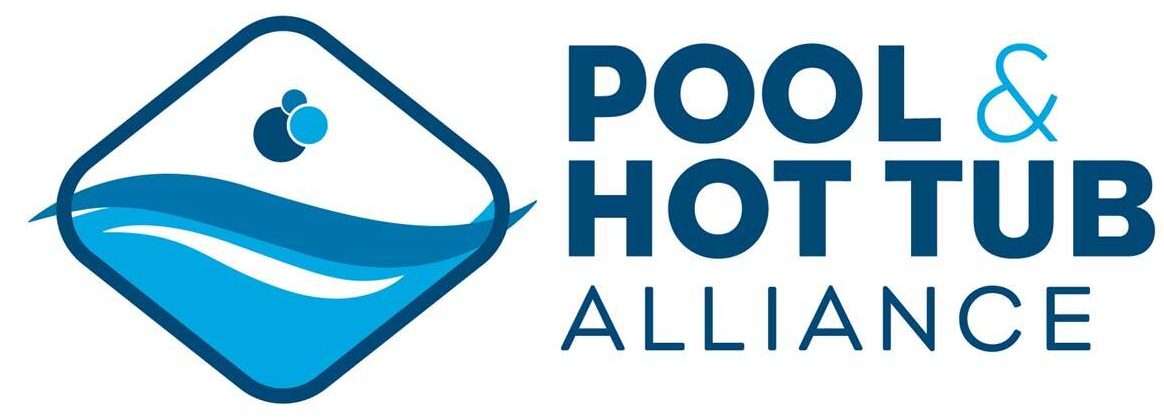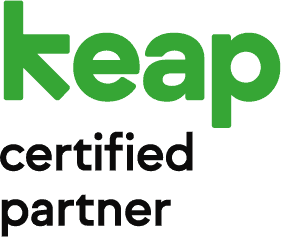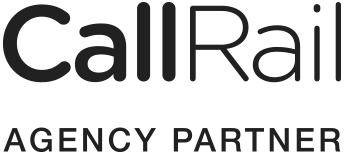Every pool and spa business owner wants web traffic. But once you start paying for Google Ads to drive visitors to your site, getting conversions and sales becomes even more critical. You only want to be paying for the right web traffic.
Let’s take a look into some often overlooked steps that could be driving up your ad costs. Interestingly enough, most of these steps take place outside your Google Adwords account.
The main point of this list: Get the most from your ad budget with clear, relevant, easy to navigate ads, content, and webpages.
1. Mind Your Quality Scores
Google gives every webpage, keyword, and ad combination a Quality Score ranking. This ranking can dramatically affect how much your ads cost. The three primary factors that affect Quality Score:
- Expected clickthrough rate: Measures the likelihood that your ads will get clicked when shown for that keyword.
- Ad relevance: How closely your ads and keywords match.
- Landing Page Experience: Measures the relevance of the text, user experience, and usefulness of the page.
Ads with low-quality scores cost substantially more than ads with high-quality scores. Google Ads treats bidding on ads as an auction. Meaning with bad quality-scores, you could find yourself paying 50% more per click than a competitor with high-quality scores. We’ll get more into Quality Score affecting factors ahead.
2. Maintain Helpful and Accurate Website Content
Keep your product pages and blogs up to date with helpful content. Sure this isn’t part of your Paid Search budget, but you better keep it front and center. The more helpful your webpage is, the better the Landing Page Experience will be. Which, of course, gives a boost to the Quality Score.
When users search the internet for products, they want accurate, helpful, and well-written content. They want to make informed buying decisions. No one likes to use a poorly-designed site. Today’s internet savvy users back out fast from a poorly-done website.
Having this high-quality content lowers the cost of your ads because search engines recognize how users interact with your page. Great content also improves your site’s Search Engine Optimization and in turn, your organic traffic.
In most cases, the better a web page rank for organic traffic, the better it will rank in Quality Score for the same keywords in Google Ads.
3. Keep Your Website Design and Functionality Up To Date
What good is it if you use paid ads to drive 500 visitors to a site that takes 10 seconds to load and looks like a middle-schooler designed it on their lunch break? The answer: it doesn’t do any good. It’s costly, though. As a result of Quality Score Ranking.
Sometimes an old school design can be forgiven if you have a blazingly fast website and are well-known. A good example site is Craigslist. Though Craigslist site is dated, it’s easy to use, loads rapidly, and is very popular. Most of us, though, don’t have that sort of brand recognition. So having a solidly designed, easy-to-use website is vital.
When it comes to site load times, users are very unforgiving. BBC discovered that for each additional second of page load time, sites lost 10% of their users. If that traffic is coming through paid ads to a slow site, many users will not even make it to the website. That’s a substantial amount of wasted ad spend.
Picture the following scenario: You are looking to buy something online. Not difficult to imagine, right? You do a quick Google search and click the first link on the results page. The first site is sluggish, so you press the back button on your browser and try another. This site has just what you are looking for, so you add it to cart and buy it.
The first (and yet slow) site may have had a better deal. It may have better customer service and phone support. None of that matters, though, because the site took too long to load.
4. Retargeting/Remarketing Audiences
Google Remarketing Ads are a fantastic way to reduce ad spend. As the name suggests, these ads are running for people that have already visited your website.
A much higher click-through-rate is to be expected with Remarketing Ads because users have already expressed interest. Unless the user came to your site on accident, it is highly likely they are really in the market for your products and services. It also helps build your brand. When web users see your logo and ads all over the place, it helps drive home your message.
With that added boost of familiarity and interest, you can substantially increase clicks and conversions. At the Get Smart Group, generally, our clients’ remarketing audiences perform 2-3 times better than the same cold traffic ads. Results, of course, can vary by location, industry, season, and many other factors.
5. Make Negative Keywords a Priority
For Google Search ads, one of the key contributors to keep ad costs down is having a solid Negative Keyword list. Negative keywords are keywords that do NOT trigger your ads. Many times keywords reach much farther than we anticipate.
When I audit a search ad campaign that has high ad costs, checking the keywords and search queries is my second step (after reading the ads themselves). It isn’t uncommon to have a keyword for “pool products” appear for searches for suntan lotion, billiards, public pools, hotels with pools, etc…
Narrowing targeting by utilizing Negative Keywords increases clickthrough rate, while simultaneously reducing irrelevant clicks. Since Google Ads charges per click, you’ll also be saving on ad spend. When a person searching for suntan lotion clicked your search ad only to realize you sold pools, they quickly retreated from your site. The good news is, this is easily avoidable with Negative Keywords. Moral of the story: sometimes it’s positive to be negative.
Learning to hone in your keywords can be a bit tricky. You can get a quick overview of keywords and keyword types in my LinkedIn article.
6. Clear Headlines and Ad Text
When crafting your ads, take a step back and think about what’s important to your customers. What are they searching to find? If you are marketing hot tubs, your customers probably are searching for something along the lines of “the best deal on the best hot tubs.” They most likely are not searching for “the best hot tub motor,” or a model number. The majority of searchers will not know the details the way that you do. They want an awesome hot tub and a reasonable price so they can relax. So, cater to that.
Google Search ads allow for three headlines. Often my best performing ads are something simple: “Great Hot Tubs, Great Prices.” It isn’t exciting, which is why it works. It blends in with organic search results. I’m not saying you shouldn’t write compelling ads, too. But many searchers want to know that the result they click is relevant to their search. So make sure you have a decent amount of clear, concise headlines. Having abundantly clear ad text will lower your ad spend significantly, by eliminating irrelevant clicks.
There are many, many books written on the topic of writing good ad copy. It’s vitally important. Copywriting also isn’t just mastered after reading one section of an article. It takes time, practice, and industry knowledge. It also requires historical data to find out what has worked and is working now.
Conclusion
Implementing all of these practices is a lot of work, especially if you are also trying to manage your own business. That’s why so many successful companies partner with us at The Get Smart Group.
Maintaining clear, relevant, easy to navigate ads, content, and webpages will allow you to get the most from your budget. Make your marketing efforts a positive experience for you and your customers.
